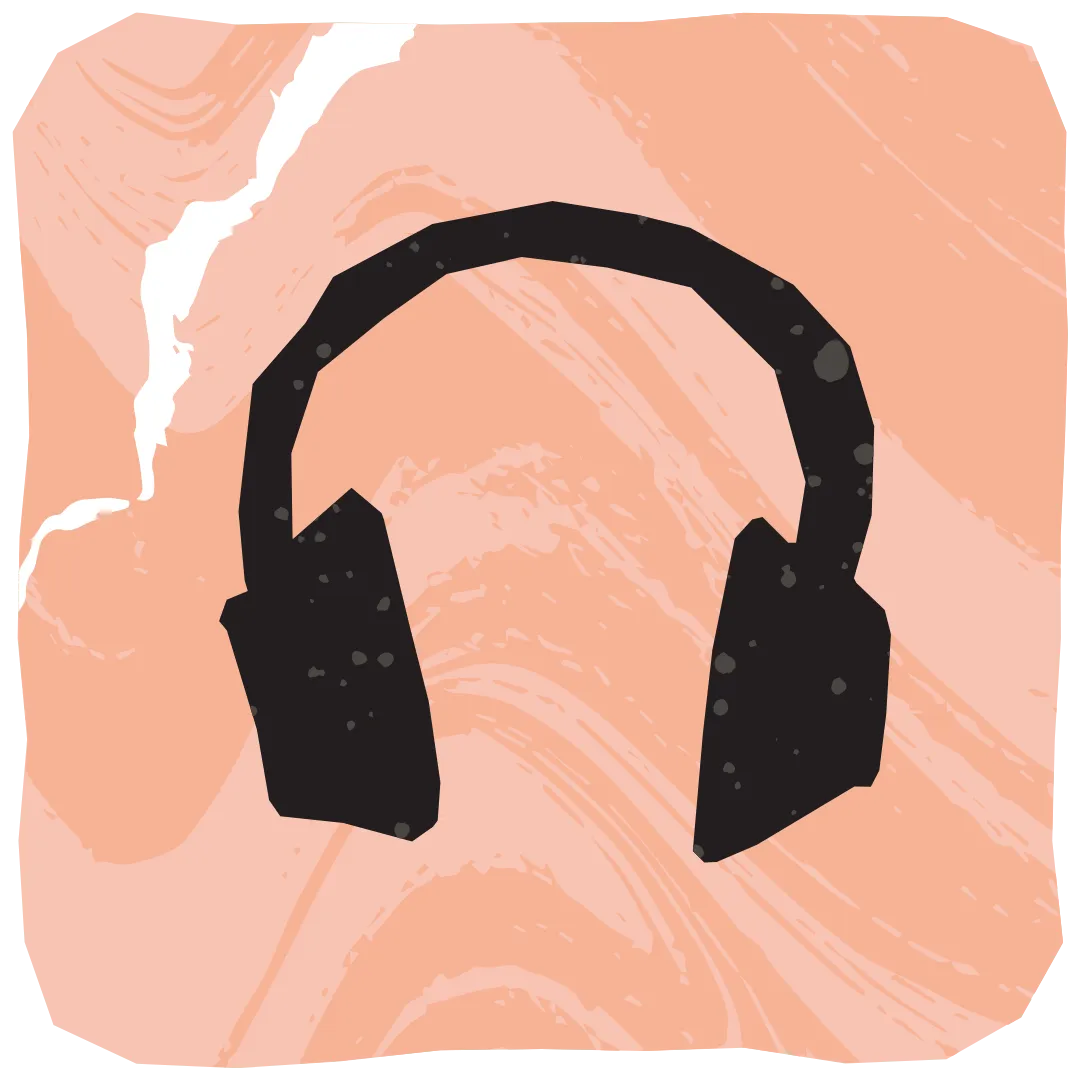Supporting Students with Significant Disabilities Through Music-Based Phonics Instruction
Featuring Cathy Annaballi, Special Education Teacher
BACKGROUND
Cathy Annaballi is a certified special education teacher licensed to work with students from preschool through fifth grade. Her current focus is on students aged 8 to 11 with significant cognitive, communication, and processing challenges. Cathy’s teaching experience spans a wide range of student needs, and she has long been committed to finding inclusive and engaging ways to help all children learn to read.
The Challenge
Before adopting Learn to Read With Music by Miss Kim’s Children’s Music, Cathy’s classroom relied on standard literacy supports, including:
Flashcards and visual aids
Sight word drills
Teacher modeling and repetition
Despite her consistent efforts and use of foundational methods, many students remained disengaged, particularly those with limited verbal skills or low confidence. Sustained focus, spontaneous participation, and phonemic awareness were difficult to achieve across the group.
“It was challenging. The tools I was using weren’t capturing their attention in a meaningful way. Without focus, we couldn’t make real progress.”
The Intervention
Cathy was introduced to Learn to Read With Music, a structured, multisensory phonics curriculum that integrates music, rhythm, repetition, and interactive content to support literacy development. From the first lesson, she noticed a distinct shift in her classroom.
“The music instantly engaged my students. They loved the rhythm, Miss Kim’s voice, and even watching the guitar being played. It caught their attention naturally.”
She began using the program at the start of her school day as part of her language arts block. This consistency helped establish a routine that her students not only adapted to but looked forward to.
Observable Impact
Increased Engagement in a Nonverbal Student
One student, previously reluctant to join group activities, began to slowly move closer during the lessons. He smiled, listened attentively, and eventually began participating—a major breakthrough for a learner who had long remained on the margins of classroom activities.
“We had never seen him sit in a group or try to mimic sounds. But with the music, he was drawn in. That change happened much faster than I expected. He didn’t even realize he was learning. He was just having fun. That joy took away the pressure and helped build his confidence.”
As the class progressed through the full A–Z sound sequence, students began demonstrating retention of consonant and vowel sounds. Cathy and her team observed that students could begin sounding out unfamiliar words, connecting auditory memory with visual phonics.
Program Features that Supported Success
Cathy attributed the success of Learn to Read With Music to its carefully structured, multisensory design. Key components included:
High-quality, repeatable music and rhythm
Clear modeling and opportunities for imitation
Worksheets for reinforcement
Interactive games for retention and movement-based engagement
The program allowed students to move, sing, and respond without pressure, which Cathy noted was critical for learners with sensory and attention needs.
“This is a population that often needs to move to process. Miss Kim’s program encouraged that without disrupting learning—it supported it.”
Professional Reflection
Cathy recommends Learn to Read With Music to both special education teachers and homeschooling families working with students who have diverse learning profiles.
“This program restored my creativity and gave me new ways to connect with my students. I saw progress I never thought I’d see—especially in students who were nonverbal or disengaged. It created an environment where learning felt like play, and that made all the difference.”
Conclusion
Cathy’s experience demonstrates how a thoughtfully designed, music-based phonics curriculum can create inclusive pathways to literacy, especially for students with complex learning needs. By shifting away from passive learning tools toward active, multisensory engagement, she witnessed meaningful growth in student confidence, focus, and phonemic understanding.
Learn to Read With Musicrepresents an alternative to traditional methods—one that meets students where they are and invites them to learn through joy, movement, and sound.

Lives in a Magical Town in New Jersey!



